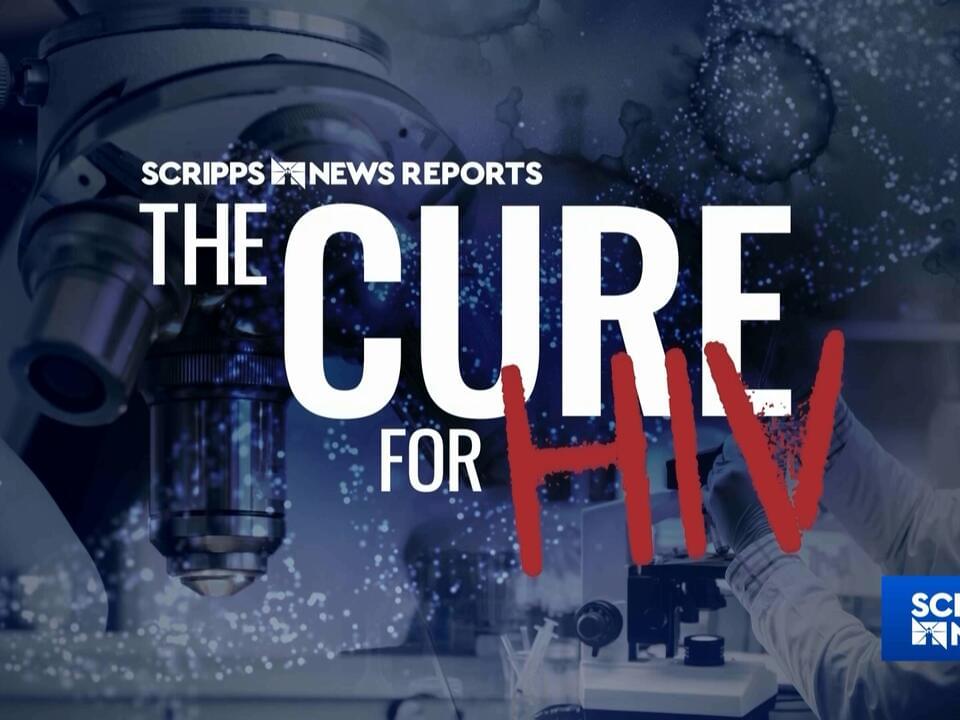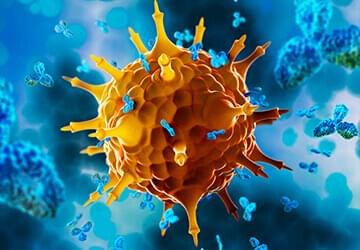Terry Tao is one of the world’s leading mathematicians and winner of many awards including the Fields Medal. He is Professor of Mathematics at the University of California, Los Angeles (UCLA). Following his talk, Terry is in conversation with fellow mathematician Po-Shen Loh.
The Oxford Mathematics Public Lectures are generously supported by XTX Markets.



